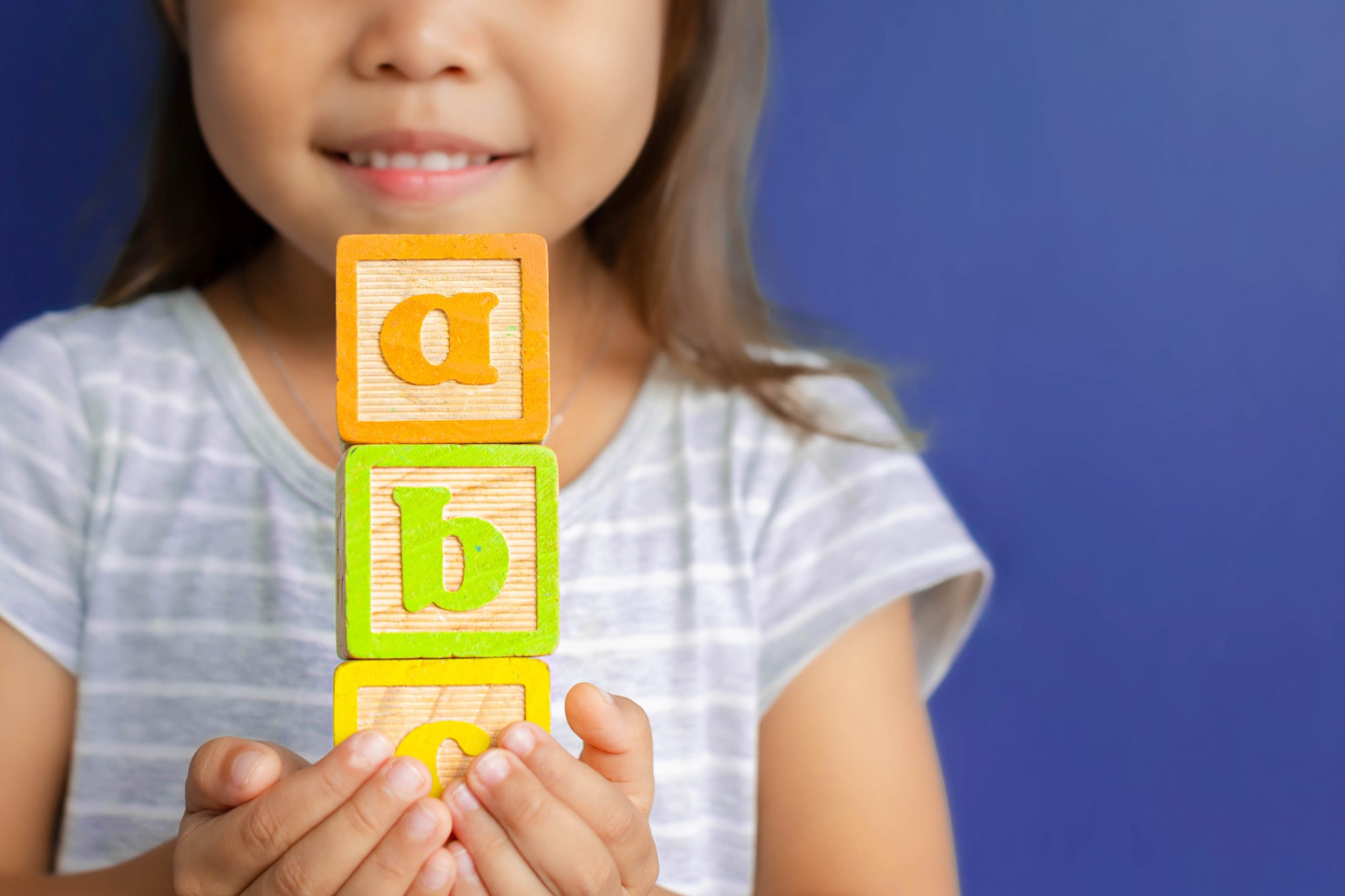
As your little one grows up and is about to head to preschool, I’m sure something on your mind will be teaching them the alphabet. When and how should you do it? Is it okay to leave it to the teachers, who are arguably more trained in early childhood education than you?Starting kids off early is a great way to allow them to have time to let the new knowledge sink in. However, do not be too preoccupied with making them memorise their letters as the pressure from having to perform before they are ready will erode the joy of learning.
Start with the sounds
You might think that letter-tracing worksheets and lined notebooks can help your child learn to read and write at the same time, but trying to train your child’s handwriting before they have the motor skills can be deeply frustrating. Begin with reading to them, following the words in their picture book with your fingers. They might not get the significance of the words and letters yet, but they will be kept intrigued by the story.
Some story books are specially written to help a child get a grasp of phonetic sounds. Try out Thomas’ ABC Book or Dr Seuss’s ABC in addition to books with storylines. Have your child focus on the consonant and vowel sounds at certain points, to get them familiar with the sound associations.
https://www.amazon.com/Thomas-ABC-Book-Friends-Pictureback/dp/0679893571
https://www.amazon.com/Dr-Seusss-ABC-Amazing-Alphabet/dp/0679882812
Make use of songs
A decade ago, CDs and VCDs with child-friendly entertainment were highly popular, from songs about nursery rhymes to the alphabet to the times tables. Now, you can still find such items in stores, such as Phonic Package by Have Fun Teaching, but resources are also easily available on the internet and YouTube.
Include hands-on play
Many children are kinesthetic learners, and the movement and touch will complement the auditory and visual learning they already have. Melissa & Doug See & Spell Learning Toy is a great tool for teaching kids how to spell 3-letter and 4-letter words, where they can place wooden letters onto cut-outs of words, which are complemented with an image.
Boggle Jr. is another toy that your child can use to practise spelling. This toy comes with a flap that can block out the text on the card, prompting your child to spell the word using its alphabet dice with the help of the image. This would be more suitable for advanced learners who have already mastered the alphabet and are starting to learn spelling.
With these in mind, just remember to enjoy the process as your child learns and develops. Each child has their own learning pace, so try not to compare them with others or with your own expectations. In the end, the goal is to cultivate a love for learning in our children, an attitude of a self-driven learner that will be with them for life.

